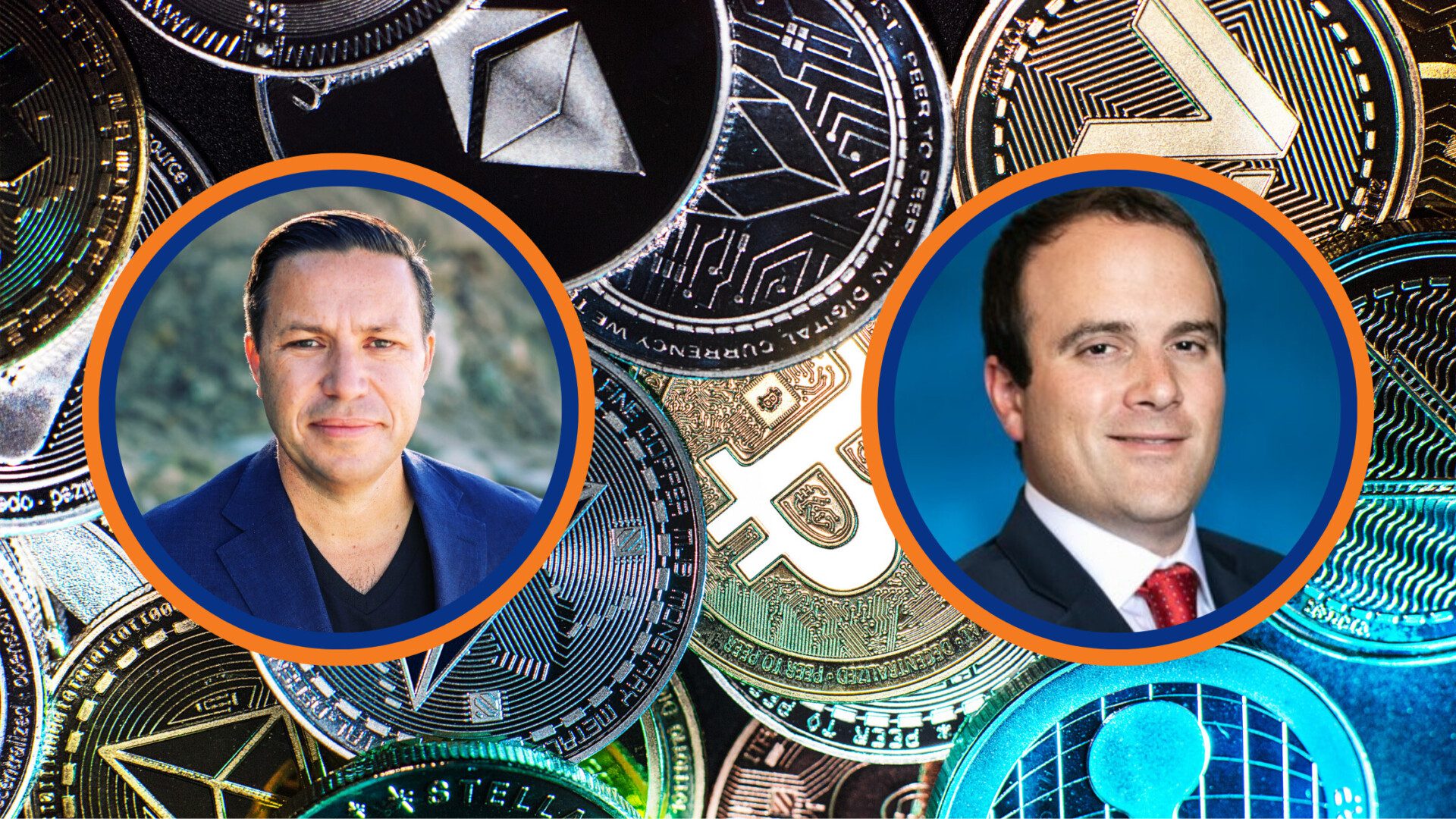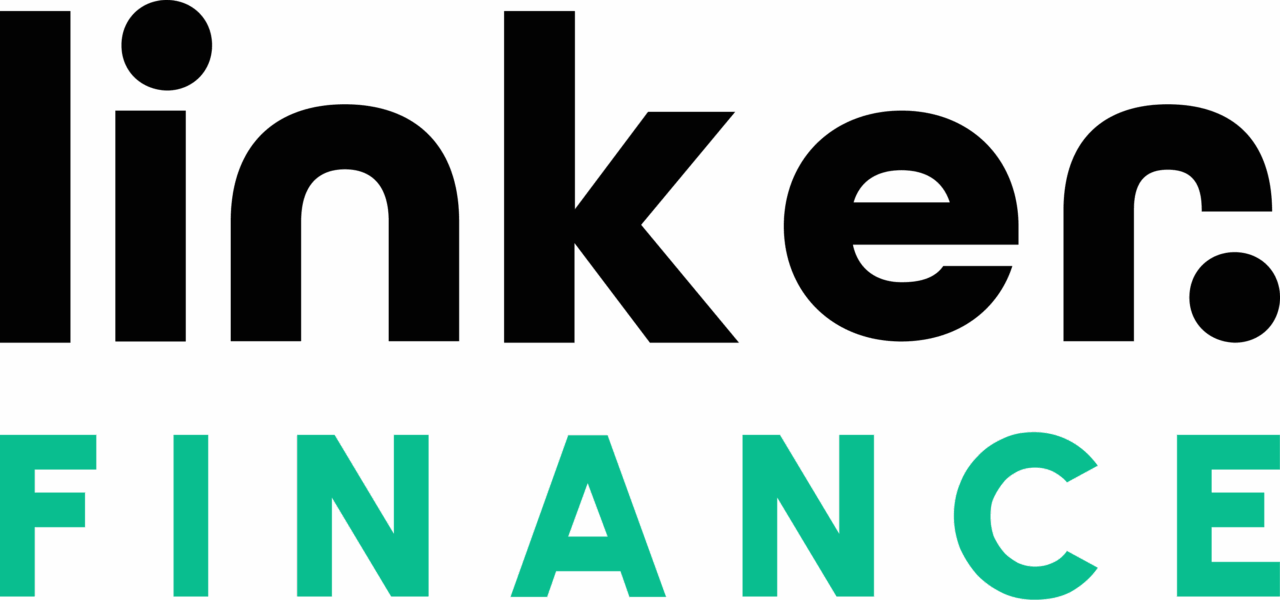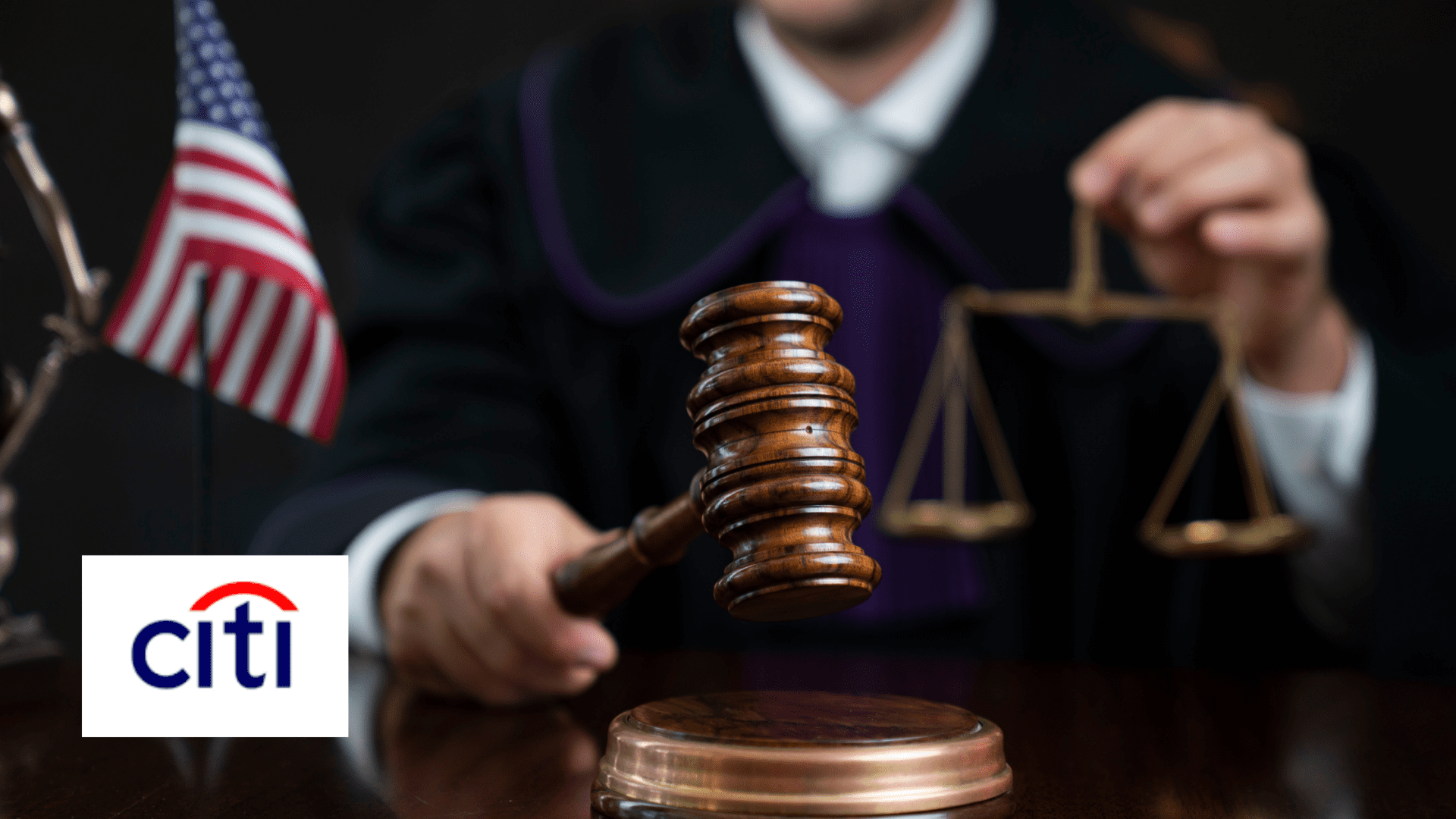Ben Reynolds, Managing Director and Head of Stablecoins at BitGo, brings a wealth of cryptocurrency experience to his discussion with Travillian Principal, Head of Bank Strategy Mike Perito. Having played a pivotal role in Silvergate Bank’s rise as a major player in digital asset finance, Reynolds provides a candid assessment of the opportunities and challenges banks face when entering this space.
Silvergate’s foray into crypto banking began as a simple deposit-driven strategy. “When I got there in 2016, we had about 15 clients and $15 million in deposits. At our peak, we had 1,600 clients and $18 billion in deposits,” Reynolds recalls. Despite this exponential growth, he stresses the rigorous risk assessment applied: “We had 12,000 prospective customers, and we only accepted 1,600. We said ‘No’ to over 10,000.”
This due diligence was critical in mitigating exposure to compliance risks, a major factor in banking crypto firms. “Understanding who the customer is—that’s the most important thing,” Reynolds says. “Banking an exchange is very different from banking a custodian, a miner, or an institutional investor.”
Regulatory Uncertainty: Top Crypto Banking Risk
One of the most significant obstacles to crypto banking has been the shifting regulatory environment. “There’s been a lot of good reporting on Operation Choke Point 2.0, and it highlights a key reality: regulatory risk is probably the most significant and unquantifiable risk banks face when entering crypto,” Reynolds explains.
Silvergate navigated this landscape under intense scrutiny. “Regulators came in every year: 2016, 2017, 2018, all the way through 2021,” Reynolds notes. “If we had been doing something wrong, we wouldn’t have been able to sustain the growth we did for so long.”
Despite these efforts, the bank ultimately wound down. “The FDIC never came in, and all of our depositors got their money back. Our equity holders and employees weren’t as fortunate, but it was a point of pride that we managed our balance sheet to ensure customer deposits were safe.”
Untapped Potential of Digital Asset Finance for Banks
For banks considering digital asset finance, Reynolds believes the market remains largely untapped. “If this industry is going to grow into what we think it could be, you’re going to need more than two banks,” he says.
During Silvergate’s peak, only two banks—Silvergate and Signature—were publicly active in the space. “That was a problem,” Reynolds acknowledges. “Because banks were afraid to enter the space, crypto firms had limited options, leading to high deposit concentration risk. The industry needs more players to ensure stability.”
Reynolds emphasizes that banks must approach this sector with a clear risk mitigation strategy. “It starts with really understanding the risks you’re taking on and then building a program to mitigate them,” he says.
Stablecoins: The Future of Digital Finance?
Stablecoins represent a major growth area in digital finance. Reynolds sees parallels between today’s blockchain landscape and the early internet. “In the 1990s, you were either an internet company or you weren’t. Now, every company has a digital strategy. I envision a world where you’re not a ‘crypto bank’—you’re just a bank that embraces digital assets.”
Reynolds also highlights how regulatory perspectives on stablecoins are evolving. “The U.S. hasn’t been leading in stablecoin regulation. The largest stablecoin, Tether (USDT), is entirely offshore, with $160 billion in value. If they liquidate those assets, it could create a shock to the U.S. financial system. The U.S. needs to take a leadership role in stablecoin regulation.”
Crypto Banking Success: Key Strategies
Despite the setbacks, Reynolds remains bullish on the future of digital asset finance. “Crypto banking is not just about Bitcoin. It’s about payments, efficiencies, and reducing friction in global transactions,” he explains.
For banks contemplating entry into the sector, the message is clear: the opportunity is massive, but risk management is paramount. “Diversification, strong BSA processes, and deep regulatory engagement are key to success in this space,” Reynolds advises. “Banks that get it right will be at the forefront of the next wave of financial innovation.”
The Evolving Role of Stablecoins in Digital Finance
Reynolds continues to see stablecoins as a cornerstone of the digital asset industry, driving innovation across financial markets. He traces their ongoing evolution from niche applications to essential financial tools. With growing institutional adoption and increased regulatory clarity, Reynolds envisions stablecoins playing a more significant role in global finance, particularly in cross-border payments, remittances, and liquidity management.
“Stablecoins are rapidly becoming a key component of modern financial infrastructure. They offer speed, efficiency, and cost-effectiveness that traditional banking systems often struggle to match,” he says.
Navigating Stablecoin Regulation: Challenges and Opportunities
According to Reynolds, regulation remains a crucial factor in the future of stablecoin. He acknowledges that while regulatory frameworks are tightening, this development should be seen as an opportunity rather than a hurdle. “The clearer the regulatory environment, the easier it becomes for institutions to engage with stablecoins confidently,” he states. Clear regulations provide the foundation for mass adoption by institutional players and traditional financial entities.
He emphasizes the importance of collaboration between industry leaders and regulators to establish guidelines that ensure stability, security, and compliance without stifling innovation. “We need to strike a balance between regulatory oversight and maintaining the flexibility to innovate. The last thing we want is to suffocate an emerging financial technology with overly restrictive rules,” Reynolds notes.
Stablecoin Security and Transparency: Building Trust
Reynolds highlights security and transparency as nonnegotiable principles for the sustainable growth of stablecoins. The market has witnessed instances of mismanagement and insolvency, he observes, reinforcing the need for issuers to uphold rigorous audit standards and ensure full asset backing.
“Without transparency, we risk losing the very trust that makes stablecoins viable. Every stablecoin issuer should be subject to rigorous third-party audits and clear reporting on reserve holdings,” Reynolds contends.
He stresses that stablecoins backed by robust custodial services and transparent reserve disclosures will be the ones to gain trust and longevity in the market. “At BitGo, we prioritize security above all else. A stablecoin is only as good as the confidence it inspires in users, and that confidence comes from provable backing and operational integrity,” he adds.
Institutional Adoption of Stablecoins: The Role of Custodians
As institutional players increasingly integrate stablecoins into their operations, custodians like BitGo are becoming key facilitators. Reynolds sees this as a natural progression, with institutions seeking secure and compliant ways to transact in digital assets.
“Banks and asset managers are beginning to understand that stablecoins aren’t just a passing trend. They’re a transformative force that allows real-time transactions without the friction of legacy banking systems,” he explains.
He points out that regulated custodians offer the safeguards necessary for large-scale adoption, mitigating risks associated with counterparty exposure and security vulnerabilities. “A strong custodial framework ensures that institutions can safely hold and use stablecoins without exposing themselves to undue risks. This is a major component of stablecoin maturity,” Reynolds adds.
Future of Stablecoins: Innovations and Predictions
Looking ahead, Reynolds predicts a surge in real-world applications of stablecoins beyond their traditional use in trading and settlements. “We’re on the cusp of seeing stablecoins used in ways we haven’t even fully realized yet. Payments, treasury management, and on-chain financial services will all see significant stablecoin adoption,” he predicts.
He anticipates growth in tokenized assets, decentralized finance (DeFi) integrations, and stablecoin use in everyday payments. Emerging markets, in particular, stand to benefit from stablecoin solutions that address inefficiencies in local banking systems and cross-border remittances. “For many people in underbanked regions, stablecoins could serve as a reliable store of value and a means of accessing global financial networks,” Reynolds observes.
Reynolds also foresees enhanced programmability of stablecoins, with smart contracts enabling more sophisticated financial applications, such as automated compliance mechanisms, on-chain credit scoring, and decentralized lending models. “Imagine a stablecoin that can execute compliance rules on its own or facilitate instant, trustless lending based on real-time financial data. The potential is enormous,” he says.
Stablecoins: Becoming a Core Financial Infrastructure
For Reynolds, stablecoins are not just another digital asset; they represent a transformative force in financial infrastructure. By ensuring regulatory alignment, prioritizing security, and fostering institutional adoption, he believes stablecoins will cement their position as a fundamental component of the global economy.
“The financial world is moving toward a digital-first future, and stablecoins are at the center of that transformation. The next decade will define how they integrate into traditional markets and how we build the necessary safeguards to support their widespread use,” Reynolds concludes.



















